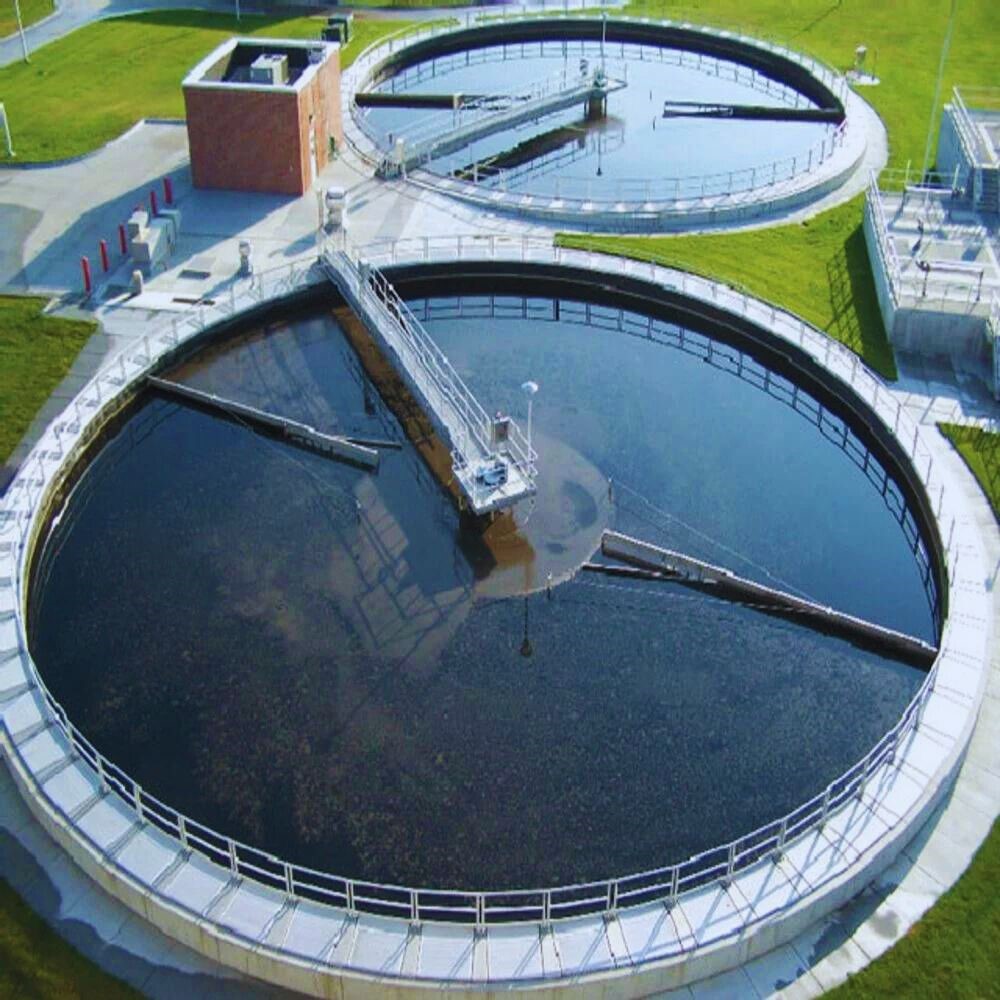Water Treatment Plant(WTP)
The water treatment plants are responsible for operating and maintaining the water supply system. There are several types of water treatments which are used depending on the various factors such as location and purpose of water.
The main purpose of water treatment is to remove the chemicals, dissolved minerals and to avoid unpleasant taste and odor.
Water treatment is essential for ensuring safe and clean drinking water, and it involves various processes to achieve this goal. Here’s a brief overview of the main types of water treatment and their purposes:
Coagulation and Flocculation: These are typically the first steps in water treatment. Coagulants are added to the water to bind with impurities and form larger particles called flocs. These flocs are then removed through sedimentation or filtration.
Sedimentation: This process allows the flocs to settle at the bottom of a tank or basin, leaving clearer water on top.
Filtration: The water is passed through filters (like sand, gravel, or activated carbon) to remove any remaining particles and impurities. This step can also help in reducing unpleasant tastes and odors.
Disinfection: To kill any remaining bacteria, viruses, or other microorganisms, disinfectants such as chlorine, ozone, or ultraviolet (UV) light are used. This step ensures the water is safe for consumption.
Softening: In areas with hard water (water with high levels of calcium and magnesium), softening processes like ion exchange are used to reduce the hardness. This helps in preventing scale buildup in pipes and appliances.
Desalination: In coastal areas or places with limited fresh water, desalination processes (like reverse osmosis) remove salts and other impurities from seawater or brackish water to make it suitable for drinking.
pH Adjustment: The pH of the water might be adjusted to make it less acidic or alkaline, depending on the source water and treatment requirements.
In Synergy each type of treatment is chosen based on the characteristics of the source water and the specific needs of the water supply system. The goal is always to provide water that is not only safe to drink but also pleasant in taste and free from any undesirable odors.

